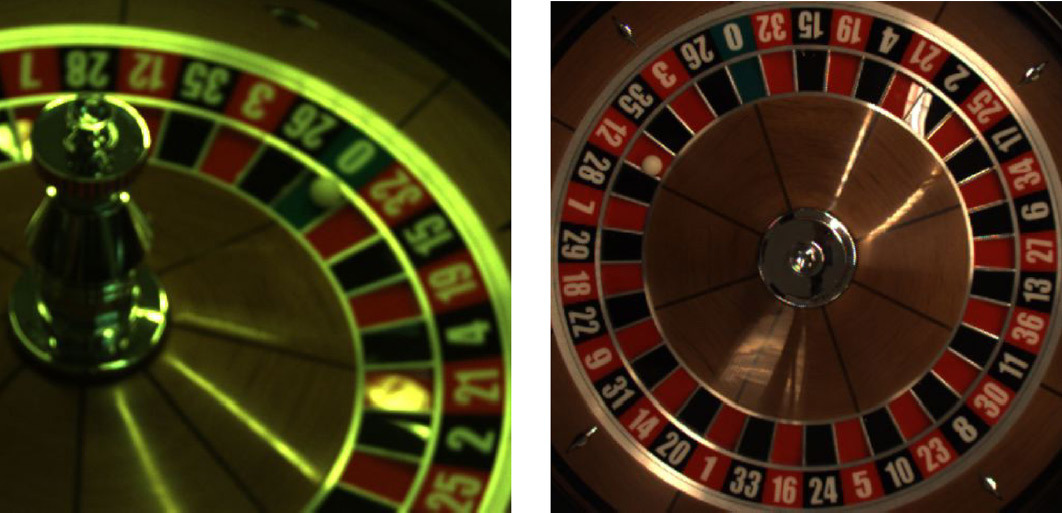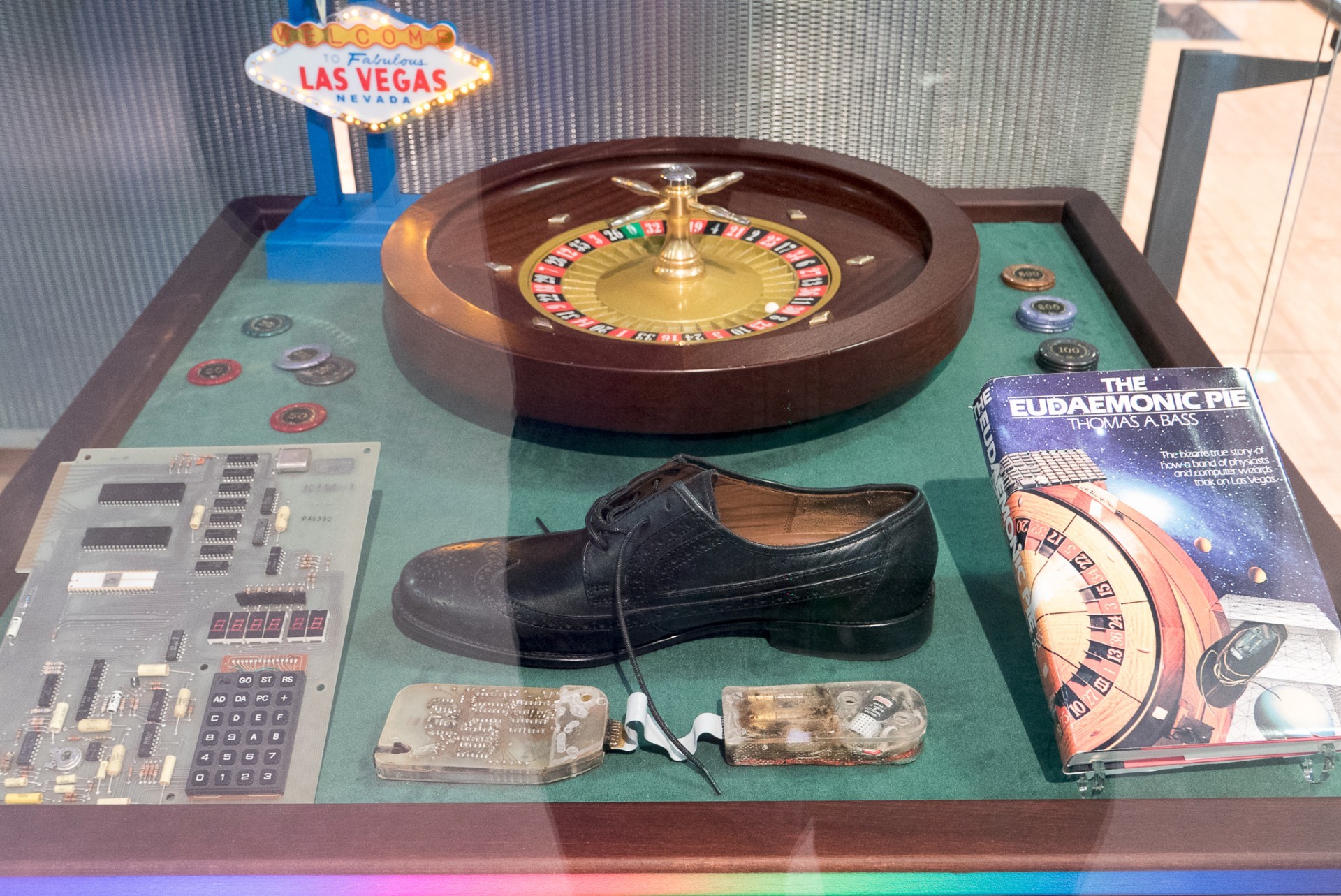Knowledge of physics helps beat casino roulette

When it comes to gambling, the casino is always a winner. Especially in roulette, where the player’s chances of winning are particularly low. But there are exceptions to every rule, especially when a person comes into play with an excellent knowledge of physics.
In the 1970s, J. Doyne Farmer, a professor of mathematics, a specialist in chaos theory, general systems theory and econophysics, constructed a famous gadget that increased the odds of winning roulette so much that the scientist was banned from entering Nevada casinos.
')
Now Farmer's colleague explained in detail how this device works.
The gadget is interesting only from a scientific point of view. Of course, no one is going to really use this knowledge to win at the casino. Although formally this can not be called fraud, because the player uses the knowledge of the laws of physics - what is illegal here?
So, on the Quora site, the principle of operation of the device was explained by Richard Muller (Richard Muller), a professor of physics at the University of California at Berkeley. He says that his colleague designed and developed a device that is very similar to the famous Farmer mechanism (perhaps this is it).

Farmer's Mechanism
A crucial factor for the operation of the gadget is that the casino pushes gamblers to make rash bets. Bets are allowed to be made after the ball is launched, but before it began to roll down. It is at this point in time that the physicist gains an advantage.
In these two or three seconds, all the information needed to measure the speed of the ball and the sector in which it falls will become available. Although the error is large, but the calculations significantly increase the chances of the player to guess the number as compared with the random selection of all possible numbers.
If in a fair game the player’s chances against a casino can be 98: 100, then the simple elimination of half the numbers increases the chances to 196: 100, that is, the player gets a huge advantage.
In other words, for a winning game, it is enough to increase the player's chances by only 3%, and even increasing the chances by 100%, that is, twice, gives a very big advantage.
According to the professor, his colleague constructed a device with a button in the toe of the boot, which is pressed every time the ball passes the full circle. The second button is pressed when passing a full circle with a tape measure. This information is enough for a small handheld computer to calculate the place of the ball falling and give a hidden signal where to bet. All calculations and signaling occur in about a second.
The scientist says that the device needs preliminary calibration, but it can be carried out before the start of the game, that is, without betting.
According to the rules, the casino does not have the right to search the player, therefore, to protect against such technical devices, a rule has been introduced that the casino may refuse to play any player without explaining the reasons, says Professor Muller. Specially trained employees monitor this and ask those players who consistently receive a prize that does not correspond to the theory of probability to leave the gaming room.
“In the end, my friend (who was then an undergraduate at the University of California at Berkeley) was blacklisted,” says Richard Muller. - His name and photo were sent to all casinos in Nevada, and possibly the whole world, and his gambling career has come to an end. He says that he has almost earned enough to recoup the cost of the roulette he bought for calibrating the instrument in his home lab before going to a real casino. ”
Richard Muller did not say directly that this is about Jay Doina Farmer, but the story is definitely similar to that famous scam using science and computer gadgets.
The theoretical possibility of calculating the place where the ball fell in roulette was proved four years ago thanks to the scientific research of physicists Michael Small (Michael Small) from the University of Western Australia and Chi Kong Jie (Chi Kong Tse) from Hong Kong Polytechnic University. In 2012, they published an article “ Predicting the outcome of roulette ” in Chaos: An Interdisciplinary Journal of Nonlinear Science (doi: 10.1063 / 1.4753920, <a dfiles.ru/files/pgcqnhw1e "> pdf).

Scientists have shown that only information about wheel speed and ball speed is sufficient to significantly increase the chances of winning. During the scientific experiment, the gain amounted to an average of 18%, whereas in fair roulette the player's expected gain is a negative value of -2.7%.
After the publication of the scientific study in 2012, Farmer himself first made a public comment on the operation of his device - he admitted that his technique was very similar to that described in scientific work, with one exception. Small and Jie suggested that the main force that slows the movement of the ball is friction with the rim, while Farmer calculated that this is actually air resistance.
Source: https://habr.com/ru/post/394755/
All Articles